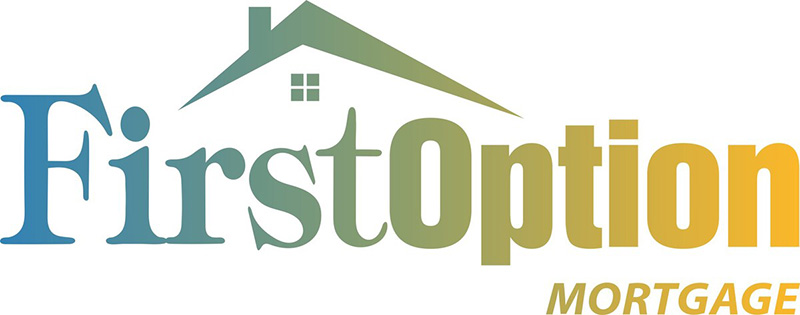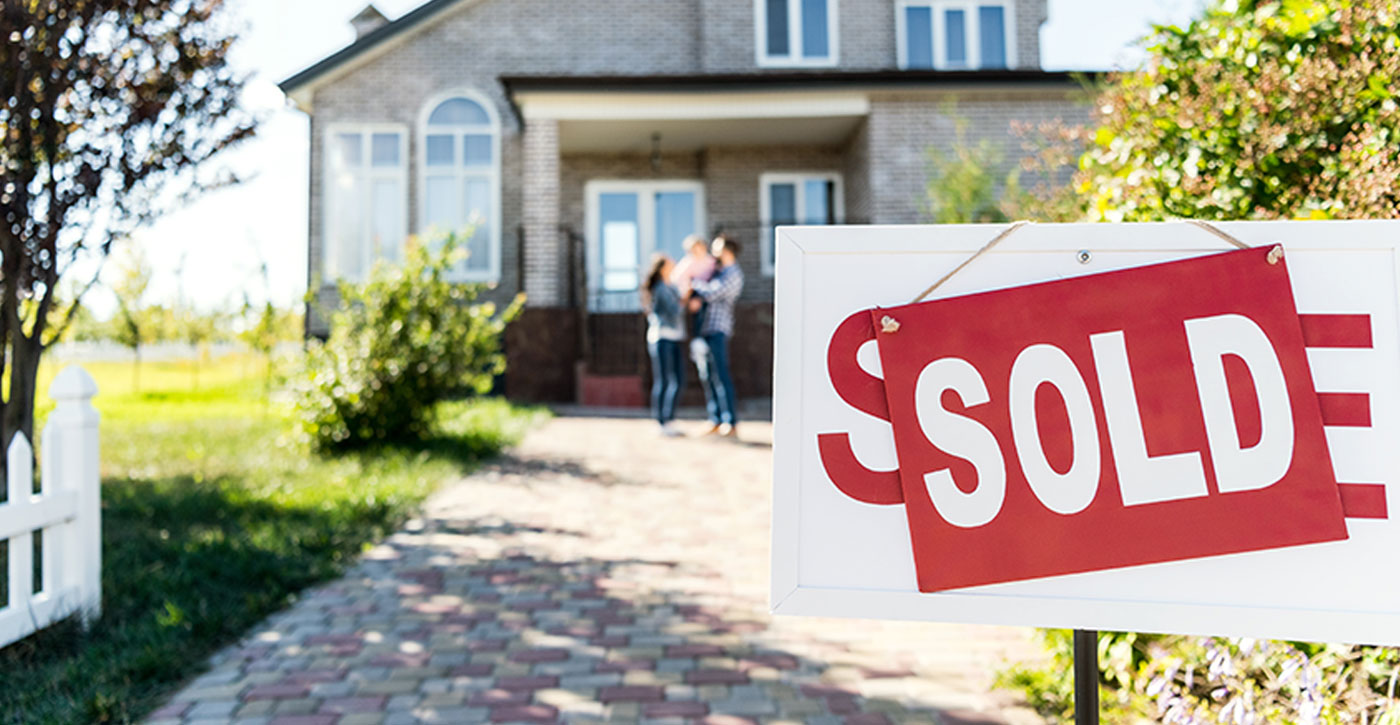Are you in the market for a new home, but worried if you have enough for a down payment?
Don’t worry, there’s a silver lining: Down payment assistance can aid in covering the cost of your down payment as a first-time homebuyer.
When purchasing a home, you typically pay a percentage of the final purchase price as a down payment. This amount varies, and certain mortgage programs may not require a down payment at all.
However, having the money upfront can be a challenge, which is why down payment assistance loans, programs, and grants were established to help first-time buyers.
How to Know if You’re A First-Time Buyer
This may seem like a silly thing to talk about, but there are still certain qualifications that need to be addressed.
Government and charity programs typically have a specific criterion for determining who qualifies as a first-time buyer.
If you haven’t owned a home in the past three years, most state, federal, local government, and nonprofit programs will classify you as a first-time homebuyer, even if you owned a home prior to that three-year period.
Additionally, you cannot own any type of rental or investment property, even if you do not reside in the property.
How Down Payment Assistance Works
Down payment assistance can be obtained in the form of grants, loans, and other programs, typically restricted to those who qualify as first-time homebuyers.
Such programs can be offered by various organizations, such as the US Department of Housing and Urban Development (HUD), your local or state housing authority, or a nonprofit organization.
Eligibility for down payment assistance is based on your household income and credit history, and it varies by state and program.
To apply, you usually need to submit an application, and in some cases, you may be required to attend training or homebuyer education sessions on the mortgage process and financial management.
The amount of aid provided differs depending on the program. Some programs offer a percentage based on the home’s sale price, while others restrict assistance to a particular dollar amount.
When considering programs to apply for, it’s important to research their requirements, whether they offer a grant or loan, and how much assistance you can expect to receive.
Furthermore, it’s important to ensure that the down payment assistance you’re applying for will be acceptable to your lender.
Sorry to Interrupt…
There’s a lot to read here. And maybe it’s helping, or maybe it’s just adding more questions. We are very good at helping our customers with affordable down payments and have access to many different products to assist with this. Reach out and we’ll walk you through it!
Or continue reading down below!
Different Types of Down Payment Assistance Loans and Programs
First-time homebuyer grants and loans are typically the most common forms of assistance available at the state and local levels. However, funding may be accessible from private organizations and nonprofit entities in your area.
Grants
Grants are the most beneficial form of down payment assistance since they provide homeowners with money that they don’t have to repay – it’s basically a gift.
However, exercise caution since some programs that are referred to as grants by the funding organization may actually establish a second lien on your home. While there is nothing inherently wrong with this as long as you are aware of the terms, it’s critical to thoroughly review the conditions associated with any down payment assistance agreement.
Additionally, you should ensure that your lender is informed about the grant, because failing to do so may result in a “silent” second mortgage.
Forgivable Loans at 0% Interest
Forgivable mortgage loans are second mortgages that you will not have to repay as long as you remain in your home for a specific number of years.
These loans carry an interest rate of 0%. Lenders who participate will forgive them, meaning that homeowners will not have to repay them, after a predetermined number of years.
Forgiveness typically occurs after 5 years, but lenders may extend the forgiveness period to up to 15 or 20 years.
If you move before the forgiveness period ends, you will be required to pay the loan.
For example, if your lender plans to forgive your loan after 5 years, and you move, refinance, or sell your home in 4 years, you will have to repay some or all of your forgivable loan.
Usually, this second mortgage will be sufficient to cover your entire down payment.
Deferred-Payment Loans at 0% Interest
Another considerable option is a second mortgage with deferred payment. These second mortgages are typically for a loan amount that covers your down payment, and you don’t have to make payments until you move, sell your home, refinance you first mortgage, or pay off your first loan.
Unlike forgivable mortgage loans, these loans are never forgiven. You will have to repay them if you ever leave your home.
Usually, you will use the proceeds from selling your property to cover the repayment of the loan.
Low-Interest Loans
A second mortgage loan may be offered to you by your lender or another organization when your primary mortgage is being finalized.
This loan can be used to cover your down payment, and you’ll be required to repay it in installments usually as part of your monthly payments for your primary loan. This will result in you making two mortgage payments every month.
Ideally, you should aim for a low interest rate on these loans. Some lenders or organizations may even offer second loans with no interest at all.
Matched-Savings Programs
Individual Development Accounts (IDAs), also known as matched-savings programs, offer a different approach to help with down payments.
With this option, homebuyers deposit funds into an account with a bank, government agency or community organization, which agrees to match the deposit up to a certain amount. The total funds can then be used to cover the homebuyers’ down payment cost.
For example, let’s say homebuyers deposit $5000 into their account. The financial institution they’re working with then matches the deposit with another $5000. In the end, the homebuyers can use the total $10000 to pay for their down payment.
Before deciding how much money you need for a down payment and whether you require assistance to pay for it, begin by getting preapproved for your mortgage. This way, you’ll know how much house you can afford before saving for a down payment and closing on a property.









